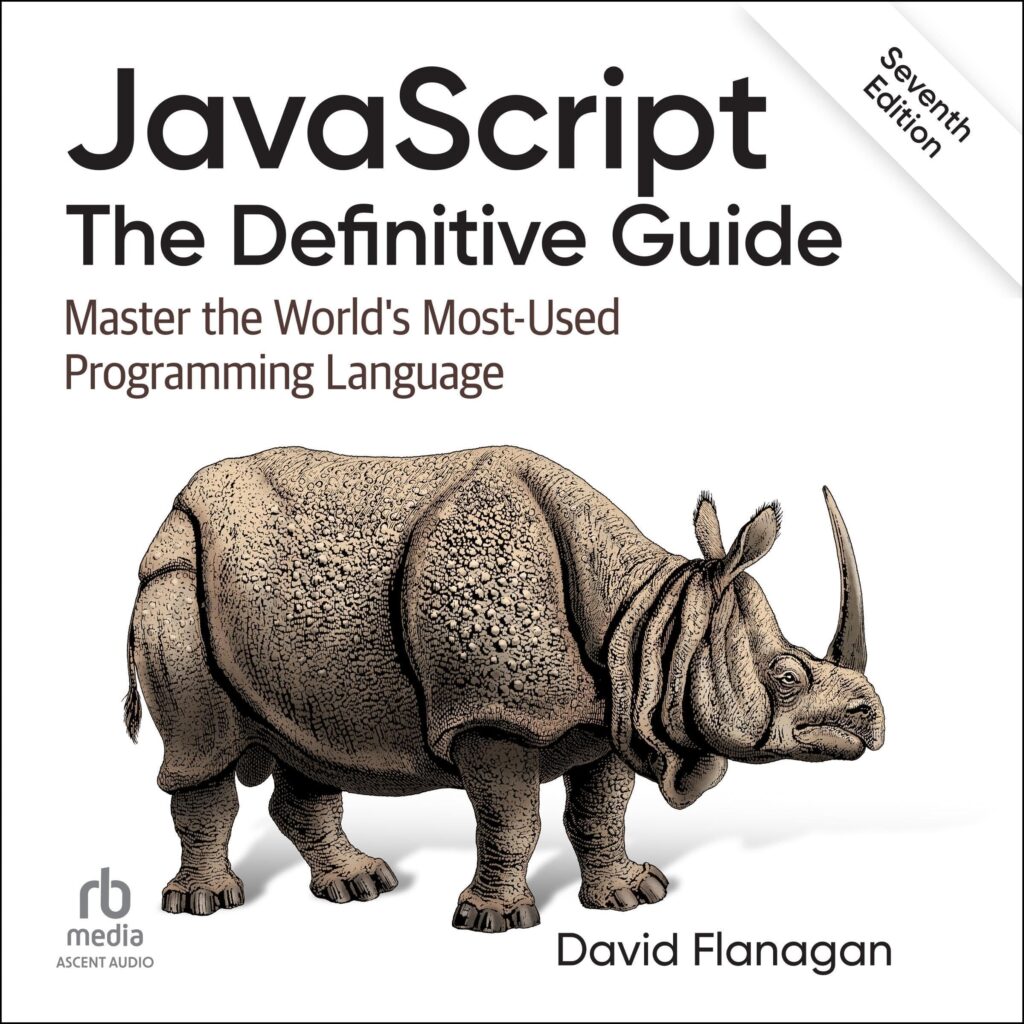Clustering and Spatial Analysis with scipy.cluster
Hierarchical clustering limits on large datasets due to O(n²) complexity. K-means scales better, especially with subsampling or scikit-learn’s MiniBatchKMeans for faster clustering. Memory optimization via float32 reduces footprint. Distributed computing with Dask enables large-scale spatial data processing.
How to find roots and optimize functions with scipy.optimize in Python
Optimization methods for finding thresholds. Binary search on monotone predicates, ternary search on unimodal functions. A comparison against brute force, gradient descent, simulated annealing, and genetic algorithms. Includes Python code examples for binary, ternary, and exponential search.
Working with Sparse Matrices using scipy.sparse
Sparse matrices are essential in scientific computing for efficient data handling in machine learning, graph theory, and NLP. Key formats include CSR, CSC, and COO.
The post Working with Sparse Matrices using scipy.sparse appeared first on Python Lore.
Curve Fitting and Regression with scipy.optimize.curve_fit
Curve fitting with scipy.optimize.curve_fit enables accurate modeling of data relationships using non-linear least squares. Ideal for data analysis and predictive insights.
The post Curve Fitting and Regression with scipy.optimize.curve_fit appeared first on Python Lore.
File I/O for MATLAB Files with scipy.io
Effortlessly manage and manipulate MATLAB MAT-files in Python with scipy.io. Explore data types, versions, and efficient file I/O for seamless integration.
The post File I/O for MATLAB Files with scipy.io appeared first on Python Lore.
Python for Scientific Computing: An Introduction
Constant Values and Units in scipy.constants
Access a comprehensive collection of physical constants and units with the scipy.constants module in SciPy. Ideal for scientists and engineers, it simplifies calculations and unit conversions, providing precise values for essential constants like the speed of light and Planck's constant.
The post Constant Values and Units in scipy.constants appeared first on Python Lore.
Wavelet Transforms in scipy.signal.wavelets
Wavelet transforms in scipy.signal.wavelets provide a powerful mathematical tool for analyzing signals and images, offering localized analysis in time and frequency domains. With properties like multi-resolution analysis and sparse representation, they find applications in data compression, feature extraction, and signal processing across various fields.
The post Wavelet Transforms in scipy.signal.wavelets appeared first on Python Lore.
Solving Banded Matrix Equations with scipy.linalg.solve_banded – Python Lore
Efficiently solve banded matrix equations with scipy.linalg.solve_banded. Learn how banded matrices, common in scientific applications, are represented in Python and why understanding their structure is vital for optimizing linear algebra computations in libraries like scipy. Optimize your code for faster solutions.
The post Solving Banded Matrix Equations with scipy.linalg.solve_banded appeared first on Python Lore.













